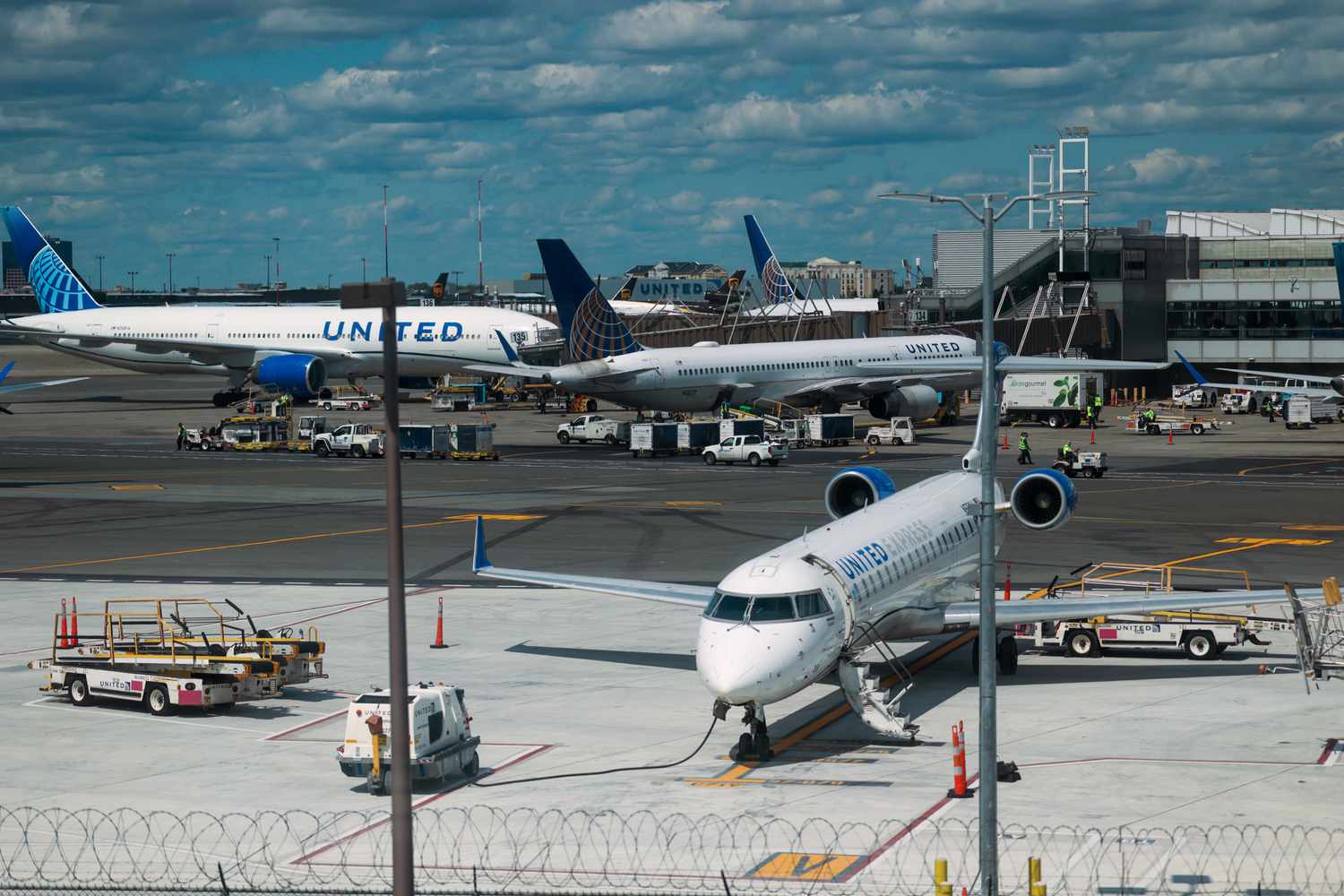CFO Corner: Rouven Bergmann, Dassault Systemes

Rouven Bergmann has been CFO of Dassault Systèmes since January 2022. A software company, Dassault Systemes is also active in CAC 40 Index of blue-chip French stocks. It is a unit of the Dassault Group, which has holdings in aeronautics, high tech, digital, and communications.
Global Finance: Since you joined Dasault Systemes, what has been the most challenging period, and why?
Rouven Bergmann: The balance of managing long term and short term is always the biggest struggle for the CFO. You have to create the capacity to invest in the long term, but you also have to manage performance quarter to quarter. Certainly, 2024 was a difficult year, because of volatility in the end markets. There was a lot of geopolitical instability in the world and in Europe. Think back to the European elections and the uncertainty in France. This really has been a headwind in terms of decision cycles.
The timing of decision-making is becoming a bit less predictable for our customers. It’s not that they’re deciding against us or for the competition—that’s not the case. We are winning market share from the competition. But managing the cycle of transactions and deals has become really something that’s more difficult to predict.
To give you an example, we signed a strategic agreement with Volkswagen in December of last year; the first discussion started two years ago.
GF: What’s the impact of the new US tariff policy?
Bergmann: Clearly, 2025, with the situation that the US administration has started with tariffs, is creating a lot of uncertainty for our customers. Now they need to invest and adapt to the new world. I’m not worried about our future, but for sure, there could be short-term volatility and noise.
GF: There is a sort of academic debate over how the role of the CFO has changed: becoming more an ally and business partner of the CEO and less an accountant. What do you think?
Bergmann: I have been in this role for 10 years at different companies. For me, I don’t think it has changed. I think there are three types of CFOs. There is more of an accountant, who comes from the audit function, which I think is more about compliance and implementing standards but has less business interaction. Then there is the CFO who comes from an investment bank, who is more about capital and markets and investor communication. And then there is the operational CFO, who is deeply connected to the company’s value creation cycle. I think today you need to find the right mix of the three.
GF: What do you suggest to someone who is young and wants to become a corporate CFO?
Bergmann: Gain as much experience as you can with a company, in and out of finance. The CFO role is much more than finance; you have to understand the finance function, but also understand how the business works.
For example, when I was already at a very senior level at a software company, I left finance and worked as COO of product development. It was a role that was a combination of operational planning and financial planning. I had to find the right resourceallocation mix, maintaining and optimizing what exists, while freeing up enough capacity to develop new products.
At the same point in time, we all know that there are constraints to resources. You cannot hire as many people as you want, so you really have to find productivity, move people around, and create that flexibility in your workforce. The company where I did that was one of the largest software companies in the world. There were 20,000 engineers in software development. So, I really learned the operational part of the company, and now I can combine that with finance.














